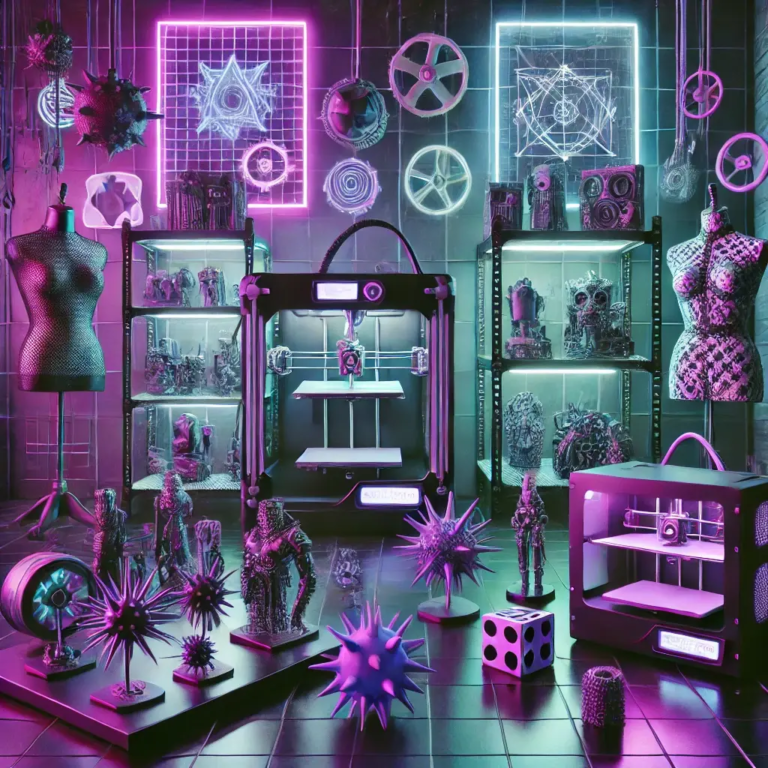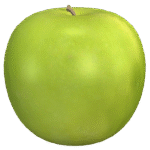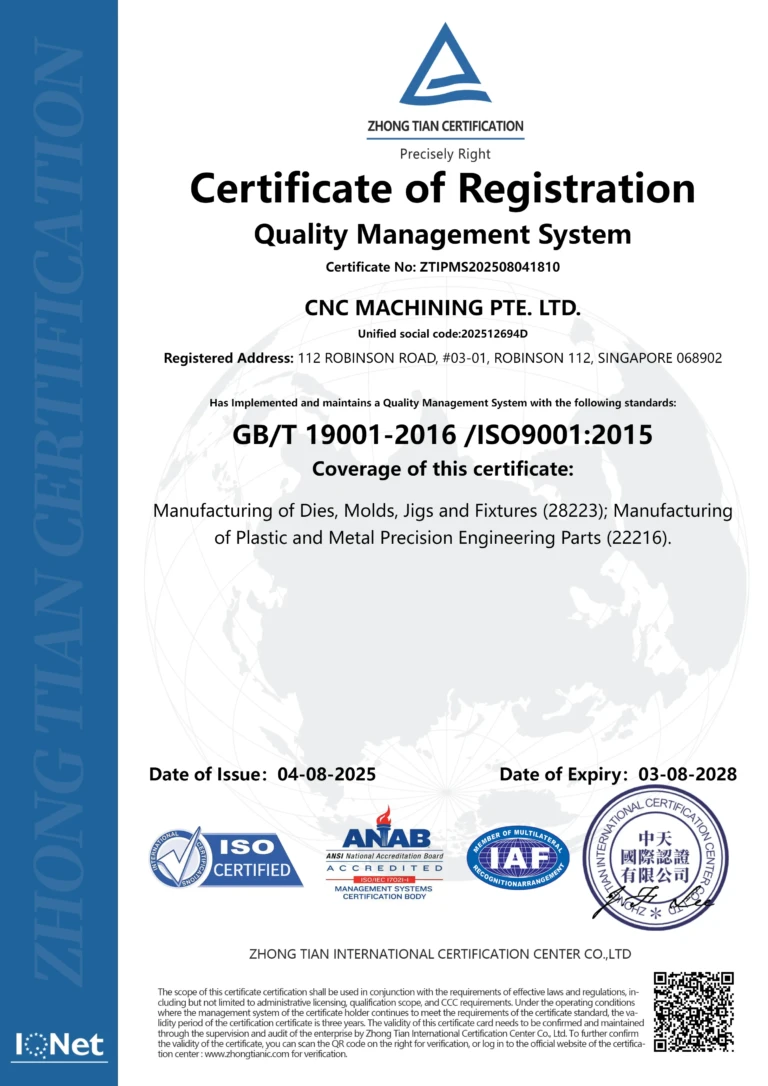Master multi-axis CNC machining
In today’s manufacturing world, CNC machining has become an important process in creating high-precision parts with complex geometric shapes. Among various CNC machining technologies, multi-axis CNC machining has attracted great attention because it can produce complex shapes and surfaces with high precision and efficiency. In this blog post, we will dig into the world of multi-axis CNC machining to discuss the benefits, challenges and best practices of mastering this technology.
Understand multi-axis CNC machining
Multi-axis CNC machining is a CNC machining that uses multiple axes to create complex shapes and surfaces. These axes can be divided into two main types: linear axes (X, Y, and Z) and rotation axes (A, B, and C). By combining these axes, the CNC machine can move along multiple paths to create complex geometry with high accuracy.
Benefits of multi-axis CNC machining
- Improve accuracy: Multi-axis CNC machining allows for higher accuracy and accuracy, ideal for applications requiring tight tolerances.
- Complex shapes and surfaces: This technology can create complex shapes and surfaces that are difficult or impossible to generate using traditional machining methods.
- Reduce production time: Multi-axis CNC machining can greatly shorten production time by allowing simultaneous machining operations.
- Improved finish: The ability of compounds with high precision complex surfaces improves surface finishes and reduces post-treatment requirements.
Challenges of multi-axis CNC machining
- complex: Multi-axis CNC machining requires an in-depth understanding of technology, software and machine functions.
- Programming complexity: Programming complex multi-axis CNC machining operations can be challenging and require extensive experience and knowledge.
- Machine selection: Choosing the right machine for a particular application is crucial as it can significantly affect the success of the project.
- Post-processing requirements: The demand for post-processing operations such as burrs and cleaning can increase overall production time and cost.
Master the best practices of multi-axis CNC machining
- Invest in training and education: Investing in training and education to understand the functions of multi-axis CNC machines and their applications is crucial.
- Choose the right machine: Choose a machine suitable for a specific application, considering factors such as shaft count, spindle speed and workpiece size.
- Using advanced software: Use advanced software to program and simulate multi-axis CNC machining operations to reduce errors and improve efficiency.
- Monitoring and Control: Monitor and control the machining process to ensure optimal performance and minimize errors.
in conclusion
Mastering multi-axis CNC machining requires an in-depth understanding of technology, software and machine functions. By understanding the benefits and challenges of multi-axis CNC machining, and mastering best practices of this technology, users can effectively produce high-precision parts with complex geometries, reducing production time and improving surface effects. Good thing is that our experienced team is committed to providing first-class CNC machining services, including multi-axis CNC machining.
FAQ
Q: What is multi-axis CNC machining?
A: Multi-axis CNC machining is a CNC machining that uses multiple axes to create complex shapes and surfaces.
Q: What are the benefits of multi-axis CNC machining?
A: Benefits include improved precision, complex shapes and surfaces, reduced production time, and improved surface finishes.
Q: What challenges are faced with multi-axis CNC machining?
A: Challenges include complexity, programming complexity, machine selection and post-processing requirements.
Q: How to master multi-axis CNC machining?
A: Mastering multi-axis CNC machining requires investing in training and education, choosing the right machine, using advanced software, and monitoring and controlling the machining process.
Q: What is the best machine for multi-axis CNC machining?
A: The best machine for multi-axis CNC machining depends on the specific application, including factors such as shaft counting, spindle speed and workpiece size.


















